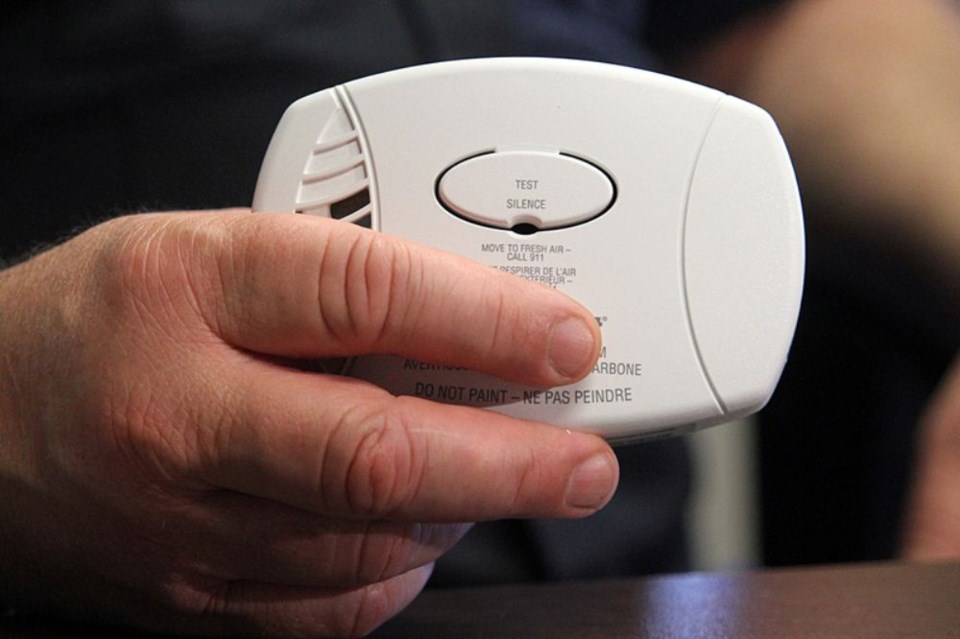THUNDER BAY — The mercury is going to stay low for the next few days, and staying warm will be key for many, especially those who are unhoused, underserved and or who will have to choose between being warm or buying food.
With various types of devices and appliances that radiate heat, it's important to choose the right one for the space to avoid a potential fire and carbon monoxide poisoning.
Deputy Fire Chief Dave Paxton said ventilation is key.
"Ventilation is important whenever you're using anything that's fuel-based. Electricity is obviously, if you're in a cold space, it's a more preferred heating method without proper ventilation with chimneys and such.
"Headaches, nausea, fatigue, shortness of breath, dizziness" are all early symptoms of possible CO poisoning, Paxton said.
"Some severe symptoms, obviously you can lose consciousness, vomiting. People at certain stages of higher levels of poisoning may end up in a coma or obviously death, and those are what we're trying to avoid."
He said to call 911 and get out of your home right away if you believe that you've experienced carbon monoxide poisoning. The fire service will measure the air quality in the home and call in other service providers if necessary to turn off any gas leading into the building if necessary.
And since the gas is odourless and invisible, having CO detectors is the only way to ensure a proper warning system, the Office of the Ontario Fire Marshal said.
"Carbon monoxide is an invisible, odourless gas that can quickly kill you. CO is produced when fuels such as propane, gasoline, natural gas, heating oil or wood have insufficient air to burn completely."
Both Paxton and the OFM said CO alarms are required near all sleeping areas in residential homes and in the service rooms, and adjacent sleeping areas in multi-residential units.
CO alarms can be hardwired, battery-operated or plugged into the wall. Gone are the days when they had to be low to the ground, as most homes have sufficient air movement that alarms can be installed on ceilings with smoke detectors or in as a combination alarm.
OFM noted over the past 10 years that the number of emergency calls where incidents were noted in having CO present has fluctuated. In 2014, there were 3,826 emergency calls that logged CO being present. That number only saw a slight increase in 2021, with a total of 3,875, according to the OFM.
